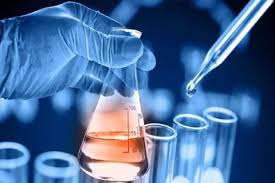Journal for Gatecom1801Journal for Gatecom1801
0 responses have been posted to this journal entry. Post Your Response! |  Previous Journal Entry buy 79-24-3When it comes to manufacturers of nitroethane, there are several sources available. Here is some information from the search results:Nitroethane Compound Manufacturers in India: There are manufacturers, suppliers, and exporters of nitroethane compound (al...Read Previous Journal Entry >>Read Previous Journal Entry >> Next Journal Entry buy nitroethaneATP Synthase and Membrane LocationMembrane Localization: ATP synthase is a membrane-bound enzyme that spans the cellular membrane, forming an aperture through which protons (H ) can cross from areas of high concentration to areas of low concentration. Thi...Read Next Journal Entry >>Read Next Journal Entry >> |



 The synthesis of glucose during the dark phase of photosynthesis, also known as the Calvin cycle, involves a series of light-independent reactions that occur in the stroma of the chloroplast. Here\'s a breakdown of the process based on the provided search results:
The synthesis of glucose during the dark phase of photosynthesis, also known as the Calvin cycle, involves a series of light-independent reactions that occur in the stroma of the chloroplast. Here\'s a breakdown of the process based on the provided search results: